It is longer than the width of Rhode Island, snakes across the oil fields of the southwest US and crawls at 16kph — too slow for a truck and too long for a train.
It is a new sight: the longest conveyor belt in the US.
Atlas Energy Solutions, a Texas-based oil field company, installed a 67km-long conveyor belt to transport millions of tonnes of sand for hydraulic fracturing. The belt the company named “The Dune Express” runs from tiny Kermit, Texas, and across state borders into Lea County, New Mexico. Tall and lanky with lids that resemble solar modules, the steel structure could almost be mistaken for a roller coaster.
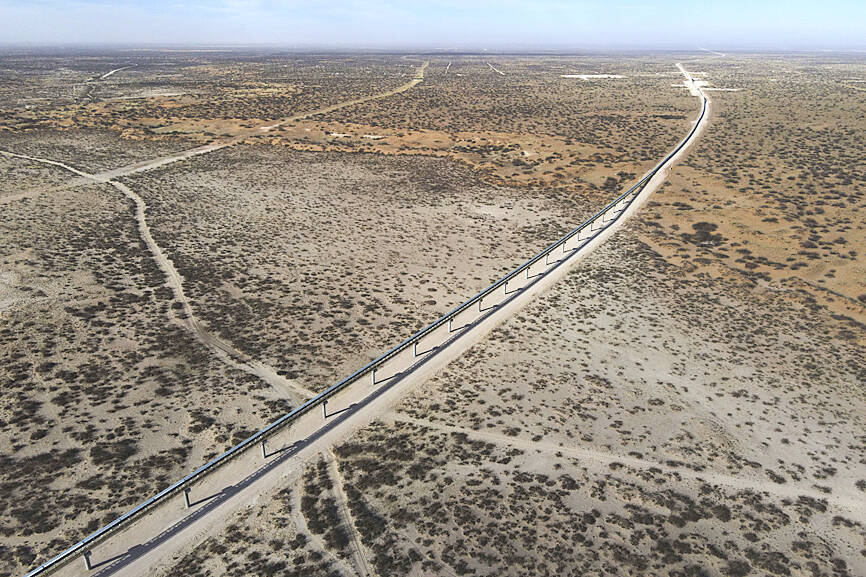
Photo: AP
In remote West Texas, few people are around to marvel at the unusual machine in Kermit, a city with a population of fewer than 6,000, where the sand is typically hauled by tractor trailers. During fracking, liquid is pumped into the ground at a high pressure to create holes, or fractures, that release oil. The sand helps keep the holes open as water, oil and gas flow through it.
Moving the sand by truck is usually a long and potentially dangerous process, Atlas energy CEO John Turner said.
Massive trucks moving sand and other industrial goods are a common site in the oil-rich Permian Basin and pose a danger to other drivers, he said.
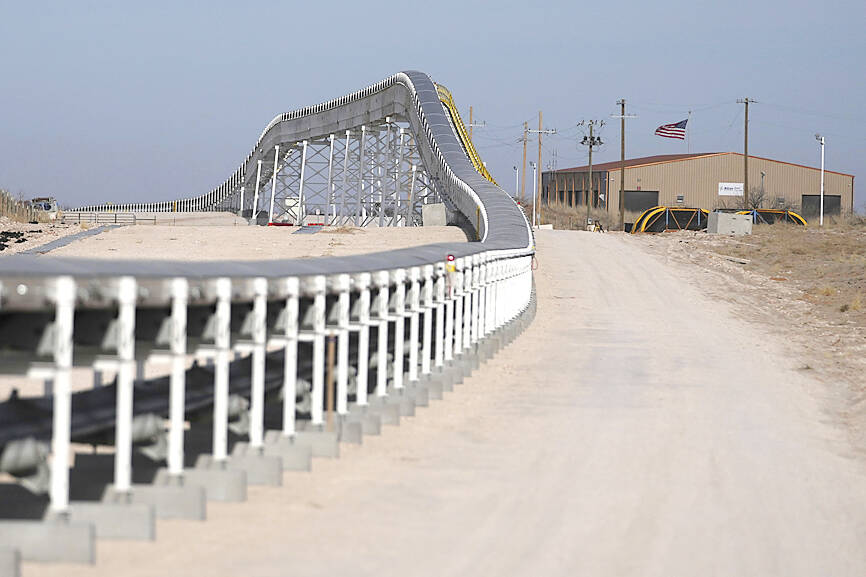
Photo: AP
“Pretty early on, the delivery of sand via truck was not only inefficient, it was dangerous,” he said.
The conveyor belt, with a freight capacity of 11.79 tonnes, was designed to bypass and trudge alongside traffic.
Innovation is not new to the oil and gas industry, nor is the idea to use a conveyor belt to move materials around. Another conveyor belt believed to be the world’s longest conveyor — at 98.17km — carries phosphorous from a mine in Western Sahara on the northwest coast of Africa, according to NASA Earth Observatory.
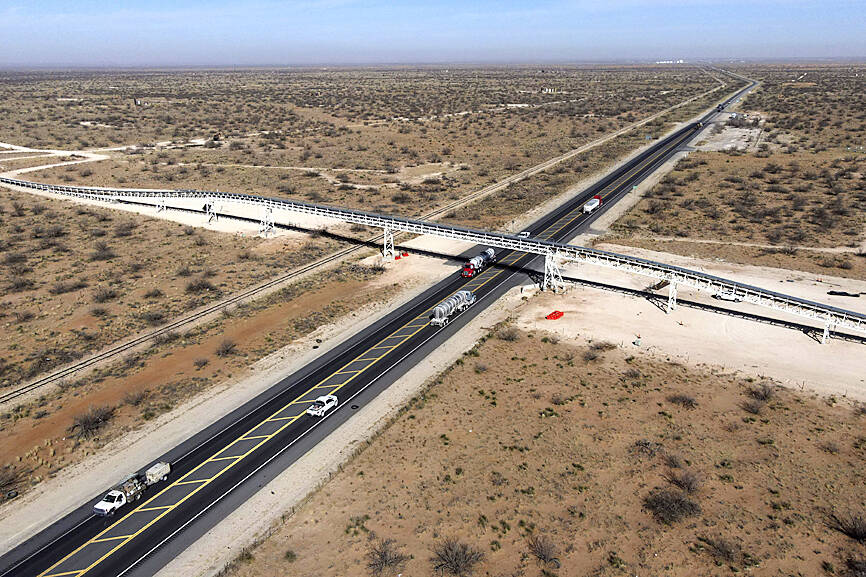
Photo: AP
When moving sand by truck became a nuisance, an unprecedented and risky investment opportunity arose: constructing a US$400 million machine to streamline the production of hydraulic fracturing.
The company went public in March 2023, in part, to help pay for the conveyor belt and completed its first delivery in January, Turner said.
The sand sits in a tray-shaped pan with a lid that can be removed at any point, but most of it gets offloaded into silos near the Texas and New Mexico border. Along its kilometers-long journey, the sand is sold and sent to fracking companies who move it by truck for the remainder of the trip.
Keeping the rollers on the belt aligned and making sure it runs smoothly are the biggest maintenance obstacles, Turner said.
The rollers are equipped with chips that signal when it is about to fail and need to be replaced, which helps prevent wear and tear and keep the machine running consistently, he said.
The belt cuts through a large oil patch where environmentalists have long raised concerns about the industry disturbing local habitats, including those of the sagebrush lizard, which was listed as an endangered species last year by the US Fish and Wildlife Service.
“In addition to that, we know that the sand will expedite further drilling nearby,” Environment Texas executive director Luke Metzger said. “We could see more drilling than we otherwise would, which means more air pollution, more spills than we otherwise would.”
The Dune Express runs for about 12 to 14 hours a day at about half capacity, but the company expects it to be rolling along at all hours later this year.
In New Mexico, Lea County Commissioner Brad Weber said he hopes the belt alleviates traffic on a parallel highway where vehicle crashes are frequent.
“I believe it’s going to make a very positive impact here,” he said.
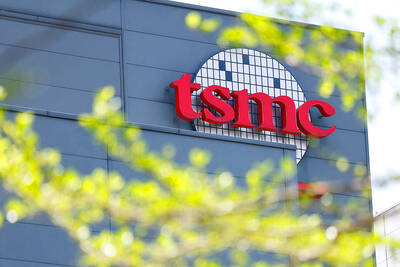
TECH TITAN: Pandemic-era demand for semiconductors turbocharged the nation’s GDP per capita to surpass South Korea’s, but it still remains half that of Singapore Taiwan is set to surpass South Korea this year in terms of wealth for the first time in more than two decades, marking a shift in Asia’s economic ranks made possible by the ascent of Taiwan Semiconductor Manufacturing Co (TSMC, 台積電). According to the latest forecasts released on Thursday by the central bank, Taiwan’s GDP is expected to expand 4.55 percent this year, a further upward revision from the 4.45 percent estimate made by the statistics bureau last month. The growth trajectory puts Taiwan on track to exceed South Korea’s GDP per capita — a key measure of living standards — a
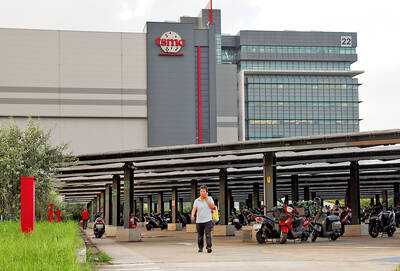
READY TO HELP: Should TSMC require assistance, the government would fully cooperate in helping to speed up the establishment of the Chiayi plant, an official said Taiwan Semiconductor Manufacturing Co (TSMC, 台積電) yesterday said its investment plans in Taiwan are “unchanged” amid speculation that the chipmaker might have suspended construction work on its second chip packaging plant in Chiayi County and plans to move equipment arranged for the plant to the US. The Chinese-language Economic Daily News reported earlier yesterday that TSMC had halted the construction of the chip packaging plant, which was scheduled to be completed next year and begin mass production in 2028. TSMC did not directly address whether construction of the plant had halted, but said its investment plans in Taiwan remain “unchanged.” The chipmaker started
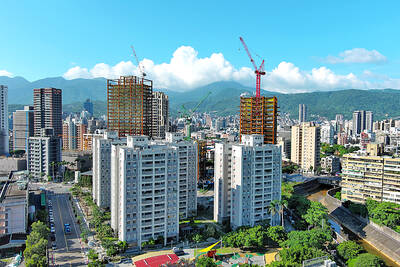
MORTGAGE WORRIES: About 34% of respondents to a survey said they would approach multiple lenders to pay for a home, while 29.2% said they would ask family for help New housing projects in Taiwan’s six special municipalities, as well as Hsinchu city and county, are projected to total NT$710.65 billion (US$23.61 billion) in the upcoming fall sales season, a record 30 percent decrease from a year earlier, as tighter mortgage rules prompt developers to pull back, property listing platform 591.com (591新建案) said yesterday. The number of projects has also fallen to 312, a more than 20 percent decrease year-on-year, underscoring weakening sentiment and momentum amid lingering policy and financing headwinds. New Taipei City and Taoyuan bucked the downturn in project value, while Taipei, Hsinchu city and county, Taichung, Tainan and Kaohsiung

Micro-Star International Co (MSI, 微星科技) is expanding notebook computer production in India after partnering with Indian electronics maker Syrma SGS Technology Ltd late last year, as the Taiwanese company seeks to tap into the local market. MSI also plans to manufacture some of its new gaming PCs powered by Nvidia Corp’s RTX 50 graphics cards in India, while adding more advanced and design-focused PCs and notebooks at Syrma’s plant in Chennai, a source told the Taipei Times yesterday on condition of anonymity. MSI’s deployment in India is driven not only by cost advantages, but also by India’s rapidly expanding consumer market and